#26 (1044) 10.07.2014 – 16.07.2014
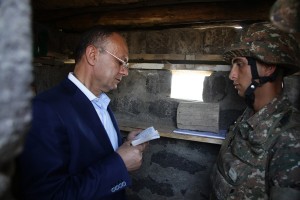
On July 7th RA Defense Minister Seyran Ohanyan paid a working visit to military units and combat support points located in the North-East region of Armenia.
The Minister got acquainted with service conditions at combat support points, looked at capital construction works in the regiments, talked to servicemen, listened to the problems, encouraged the most distinguished and disciplined servicemen. Commanders of the military units were given appropriate instructions, they were instructed to quickly eliminate registered omissions.
During his visit the Defense Minister discussed the operational situation in the border line with the command of the Army Corps.
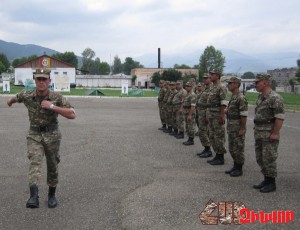
The final session of the winter training phase is going on in the Armed Forces which will show which regiment worked and how during the training phase, what were the achievements and failures.
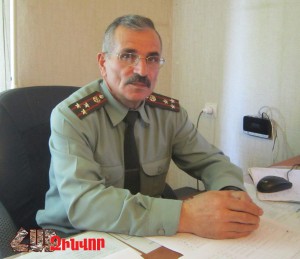
Our graduates get qualification of a teacher of basic military training and physical training of secondary, post-secondary educational institutions, and those who passed the state examination in subjects “Tactics” and “Firing practice” get also qualification of a motorized infantry platoon commander and they are given the title of “lieutenant in the reserve”. By the way this title is given only to those who served in the army.
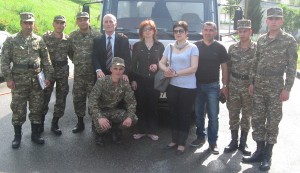
The National library of Armenia always provides military units with literature. This time was the turn of the Noyemberyan military unit of Tavush district. On bibliobus we visited the regiment. The soldiers met us with joy and with interest, and helped to take out of the bus 718 books, 200 of them were provided by director of the book-shop “Bookinist” Khachik Vardanyan.
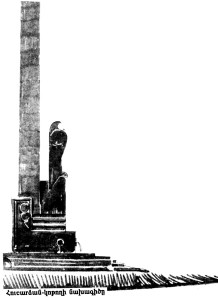
Banants was an Armenian settlement in the historical region of Gardmanq. This story tells about the barbaric elimination of the eagle-monument which was constructed in the memory of 600 perished Banants –inhabitants during the Great patriotic war. It happened during the Soviet period, on the order of Baku and with the tacit support of the Kremlin.
In 1941-1945 1200 young men from Banants went to war, and 600 from them perished. Banants people decided to perpetuate their memory, and in 1966 invited eminent architect Rafael Israelyan.











